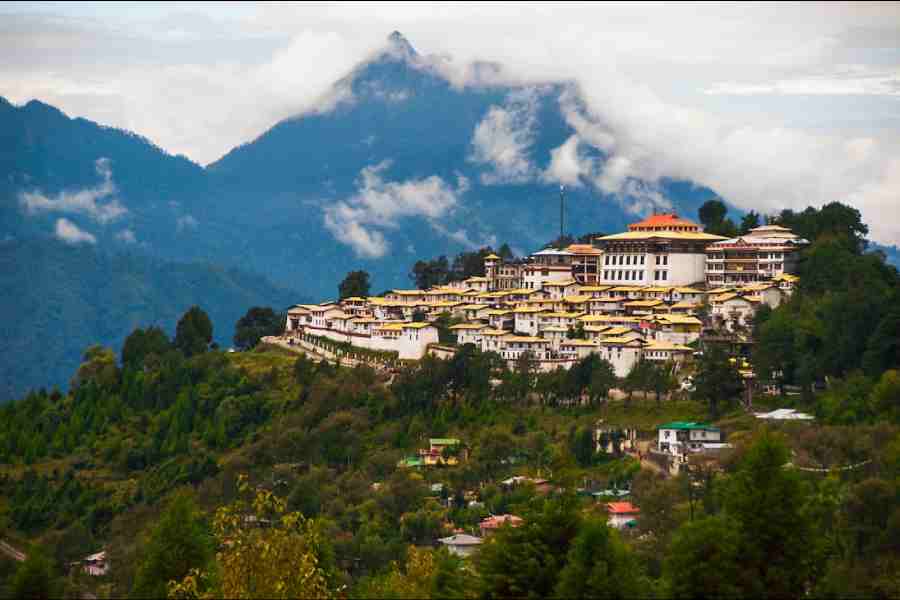
Berhampur: A record-breaking mass nesting by 3,13,679 endangered olive ridley sea turtles (Lepidochelys olivacea) at the Rushikulya Rookery within a span of just four days has enthused wildlife experts, forest officials and local villagers.
The mass nesting is still on and forest officials feel the phenomenon will continue for some more days. "We are really excited. Last year, 3,70,633 turtles had nested within 8 days. This year it may surpass the record," said Berhampur divisional forest officer Ashis Kumar Behera.
Mass nesting of the olive ridley turtles started from February 20. The number of turtles nesting was 3147 on February 20. It increased to 80,151 on February 21 and it further increased to 1,12,768 on February 22 and 1,17,613 on February 23, according to an official source. Mass nesting generally takes place from 8pm to 7 am. Another interesting feature of the mass nesting this year is that these rare animals seem to have preferred nesting towards north of the Rushikulya river mouth right up to Bateswar.
Explaining what may have prompted the mass nesting northwards, Behera said that a 2km long sandbar had emerged at the mouth of the river near Purunabandha located more than 200 metres inside the sea near the coast.
Earlier, there were apprehensions that this sandbar might have a negative impact on turtle nesting. But the water from the river is obstructed by the sandbar and flows northwards into the sea. Most mass nesting sites of olive ridley turtles in the world are located near river mouths due to low salinity.
In the northern area of Rushikulya river mouth, when the fresh water washes the beach, the turtles prefer places such as Bateswar, Behera said. The 5-km stretch of beach from Purunabandha to Bateswar is fenced to prevent interference of visitors. The stretch has been divided into 50 segments based on records of data regarding nesting.










